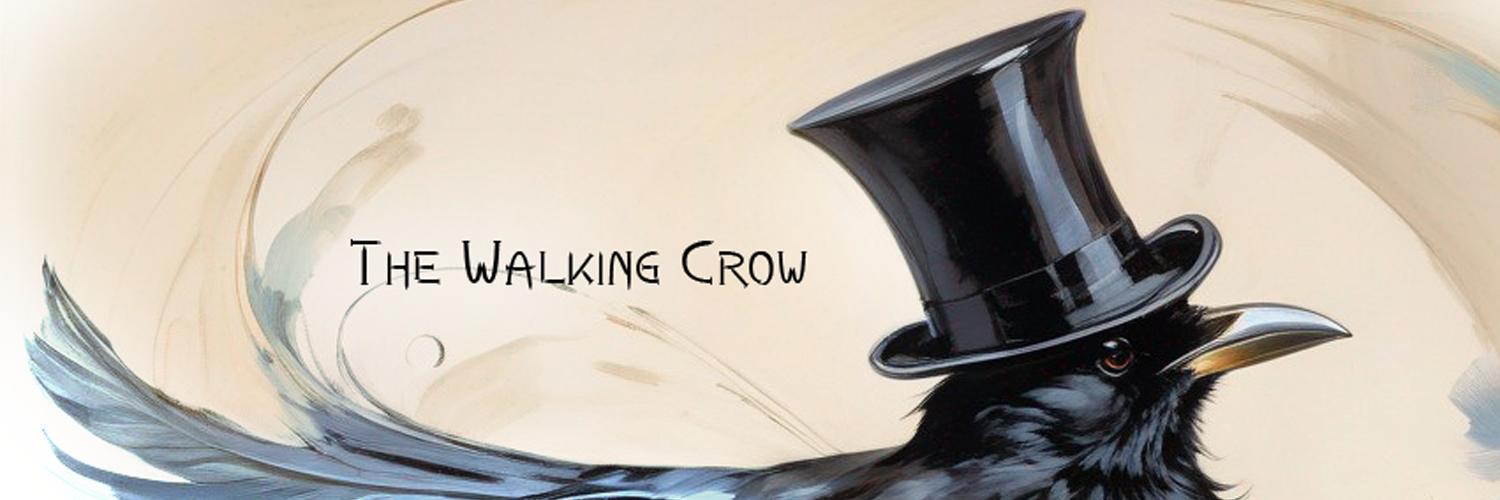Welcome to The Walking Crow
Discover a world where nature meets creativity. Dive into our latest tips on gardening, crafting, and woodworking.
This blog is a work in progress. There will be something new each week. Thank you for stopping by.
I have a vendor space at Bluebelle Local Mercantile in Columbus, GA.
I’m Jamie Sherfy. The Walking Crow is a showcase of my hobbies and things I find interesting.
This Blog is being created on the same principle.
I’m starting with plants and will add more catagories as I go. – Christian Bible, People, Health, Nature, Art, and of course, Crows.
I hope you find something wonderful.
Latest Blog Posts

Growing the Dwarf Palmetto Plant (Sabal minor)
The Dwarf Palmetto, or Sabal minor, is a small, cold-hardy palm native to the southeastern U.S. It thrives in USDA Zones 7-10 and tolerates temperatures as low as -10°F. Non-toxic to pets, it requires minimal care and adapts well to various soils, making it ideal for landscaping and wildlife habitats.

Growing the Dumb Cane Plant (Dieffenbachia)
The Dumb Cane Plant, or Dieffenbachia, is a popular houseplant known for its striking, variegated leaves and toxicity. Native to tropical Americas, it requires well-draining soil, bright indirect light, and consistent moisture. While it offers limited air-purifying benefits, care should be taken due to its irritating sap and potential harm to children and pets.

Growing the Dragon Tree (Dracaena marginata)
The Dragon Tree, also known as Madagascar Dragon Tree, is a resilient indoor plant with slender stems and long, narrow leaves featuring red or purple margins. It thrives in various light conditions and prefers well-draining soil. However, it’s toxic to pets and requires moderate care, making it suitable for beginners.

Growing the Deltoid-leaved Dew Plant (Oscularia deltoides)
The Deltoid-leaved Dew Plant, a non-toxic succulent native to South Africa, features triangular blue-green leaves and fragrant pink flowers. Thriving in USDA Zones 9-11, it requires full sunlight and minimal watering. Prune to encourage growth, and it can be easily propagated from cuttings, making it a charming addition to gardens.
Thank you for stopping by.
